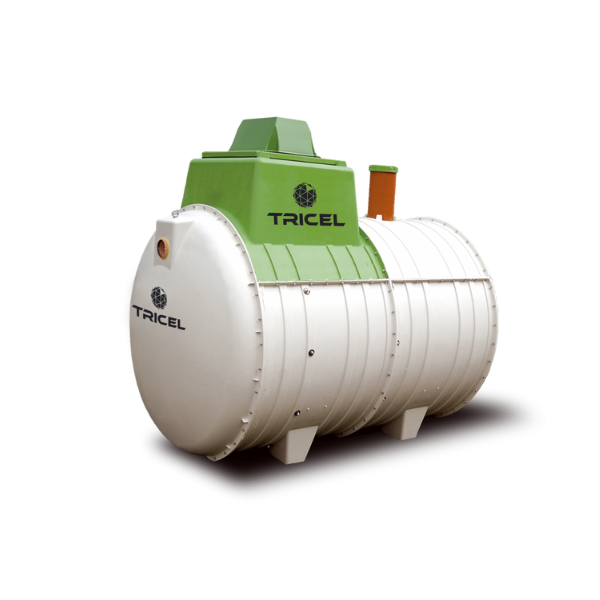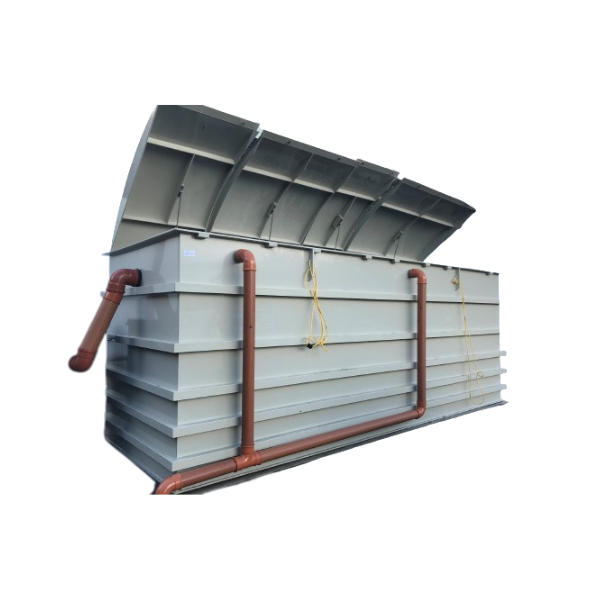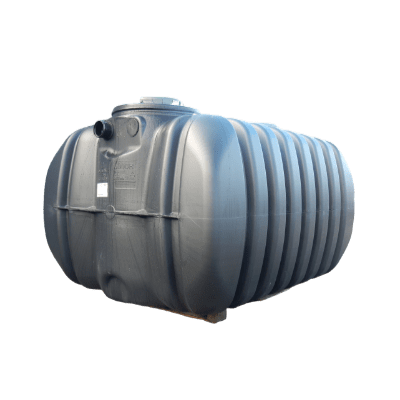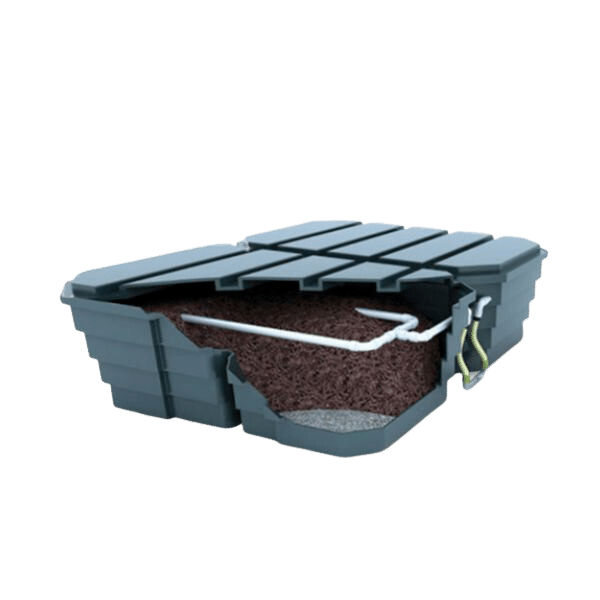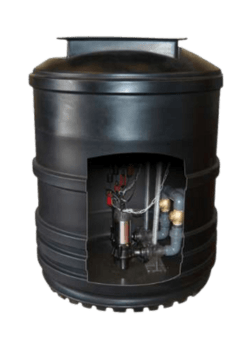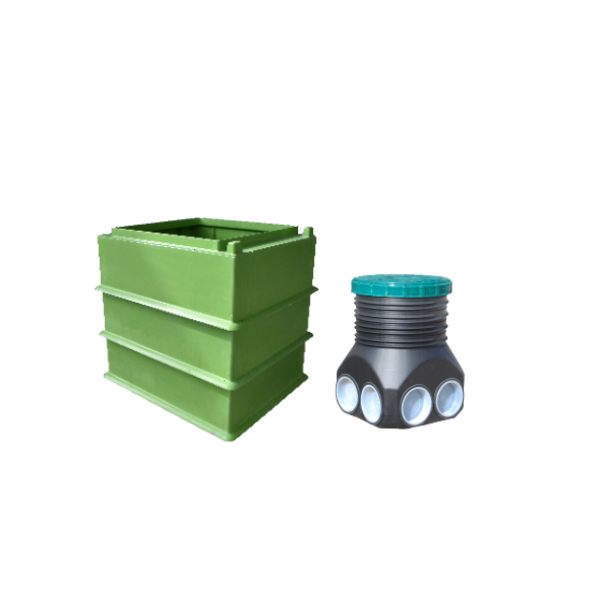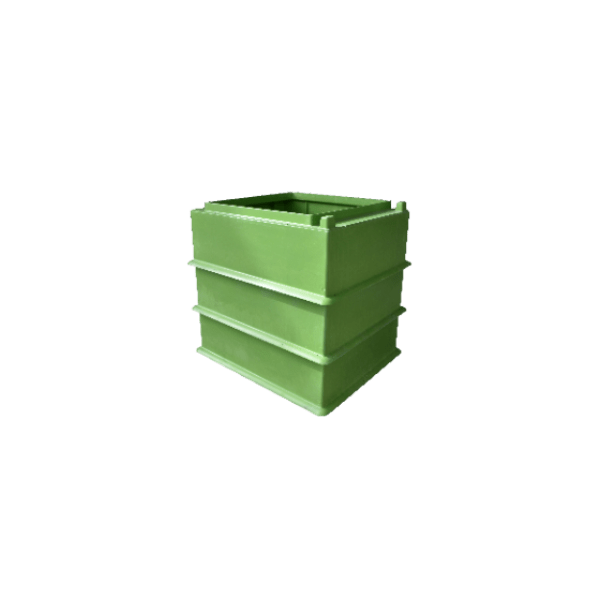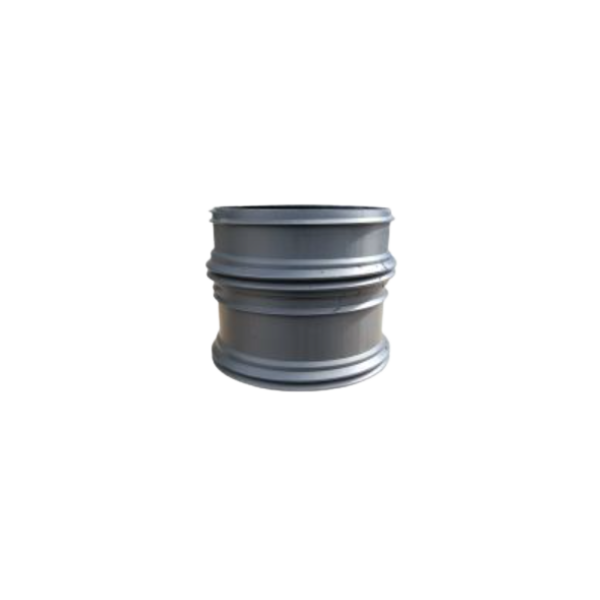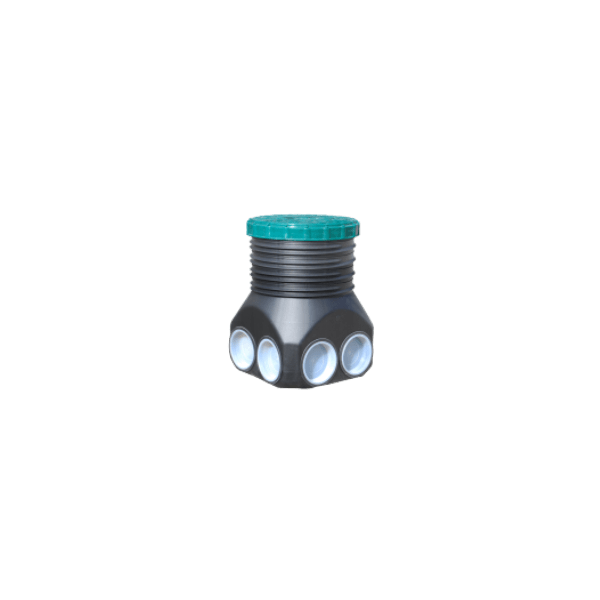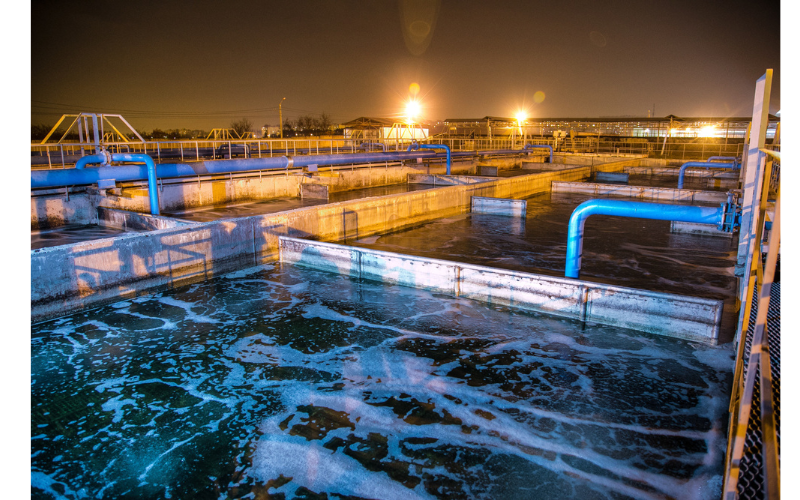SEWAGE TREATMENT
Why is sewage treatment necessary?
OVERVIEW
Why is sewage treatment necessary?
Sewage treatment is necessary because it reduces pollutants in sewage to a level nature can handle, thus avoiding disastrous consequences.
Sewage is dirty water, it includes used water from sinks, showers, bathtubs, toilets, washing machines and dishwashers.
Nature can cope with small amounts of sewage and pollution, but it can’t treat all the world’s sewage; that’s where treatment plants come into play: they help to reduce pollutants in sewage to a level nature can handle. That’s why sewage treatment is essential.
These state-of-the-art sewage treatment solutions treat used water in different stages:
- “Primary treatment” removes about 60 per cent of suspended solids from sewage.
- “Secondary treatment” removes more than 90 per cent of suspended solids.
The now-treated effluent is discharged afterwards into the environment for the final treatment.
If you have any questions, feel free to call us
The Necessity Of Sewage Treatment
There are a lot of good reasons why sewage treatment is so necessary. The consequences of a lack of proper sewage treatment can be severe for the environment and our health:
- Clean water is critical to plants and animals that live in water. Our rivers and oceans host life that depends on clean shorelines, beaches and marshes.
- Drinking water will be mixed with sewage. Groundwater sources will be contaminated with untreated sewage, potentially polluting other surrounding surface waters like seas, oceans, etc.
- Dirty water can carry disease. Since we live so close to water, harmful bacteria have to be removed to make water safe.
- Waste of renewable energy. We save fresh water if we treat sewage and recycle/reuse it for washing, floor cleaning, etc. Likewise, filtered solid sludge can be used as a green fertiliser or for biogas plants and other applications.
The Effects Of Sewage Pollutants
As previously said, pollutants can be found in sewage and can have harmful effects on ecosystems and human health:
- Decaying organic matter and debris can use up the oxygen in water, leaving no chance of survival for aquatic life.
- Excessive nutrients, such as phosphorus and nitrogen, can create a toxic environment for aquatic organisms: dramatic growth of plant life such as algae, reduced available oxygen, altered spawning grounds, etc., which can ultimately lead to a decline in certain species;
- Chlorine compounds and inorganic chloramines can be toxic to aquatic invertebrates, algae and fish.
- Disease-causing bacteria can pollute beaches and waters, leading to restrictions on drinking water consumption and shellfish consumption.
- Metals, such as mercury, lead, cadmium, chromium and arsenic, can have acute and chronic toxic effects on species.
- Other substances such as pharmaceuticals, cleaning and personal hygiene products such as cleaning wipes may also jeopardise human health and wildlife.
For further information, you can look at the USGS website.
Interact with our Sewage Treatment Solution -
TRICEL NOVO
How to interact with the tank
- Click on the numbers to see the annotations.
- You can also switch between the treatment process stages (yellow circle at the bottom left-hand corner) and the anatomy of the Novo (green circle at the bottom left-hand corner).
- To view in Virtual Reality (VR), click the square at the top right-hand corner and simply scan the QR code with your phone.
- In order to check the dimensions, click on the spanner icon.
- To download an image of the Novo, click on the camera icon (top right-hand corner)
our Sewage treatment solution – Tricel Novo: Key features & benefits
The compression moulding process is one of the most technologically advanced features available on the market. Components are manufactured under heat and high pressure. They have a competitive strength and durability over standard GRP tanks or PE tanks.
SMC is a unique material in the sewage treatment industry with Tricel SMC tanks operating in some of the harshest climatic conditions for over 50 years with no defects.
Tricel’s ceramic diffuser will last twice as long as all standard competitors rubber equivalents. It is a cost-saver in both call out fees and replacement parts.
No concrete backfill for installation on most sites which allows you to save up to €400 over lower quality GRP/plastic competitors.
There are no moving parts or pumps in the plant which is ensuring reliable operation during the treatment process and minimal running costs.
Tricel Novo plants are designed with a shallow invert to limit both installation and time costs.
quality
WHY CHOOSE US
Because Tricel manufactures and chooses the best materials for the design of its products. Most Tricel products have warranties of up to 10 years guarantee. All our products within this product range is CE certified to EU safety, health and environmental requirements.
Please find below the list of our products and the warranty that is applied. Note that this warranty is only valid if the sewage system is properly installed by a qualified installer. Please also know that all warranties are subject to correct use of the product, including maintenance as per manufacturer guidelines.
MEET OUR TEAM
To find a technician in your area, visit our page
TALK SEWAGE TREATMENT
To speak to one of our agents online, click here
ASK FOR A QUOTE
Request a free quote today to have a quote that meets your project!
Key Features

Fast Delivery
Fast delivery + Rapid response to all our customers

Certified
Tricel Products are certified to EN12566-1 and EN 12566-3 certified

Technical expertise
Unrivalled technical expertise by our sales team regarding wastewater treatment solutions
Frequently Asked Questions
A cesspool is a simple storage vessel with an inlet and no outlet. It’s a sealed storage vessel; all the water coming in stays within the tank. The advantage is it doesn’t need an outlet. The disadvantages are: there is no treatment, the tanks are huge, and it needs regular emptying. Everything which has gone in must be sucked out. Ideal for sites which have got very infrequent use (Sheppard huts, for example).
A septic tank has an inlet and an outlet; it’s a simple overflow system. See how a septic tank works here. The advantages of the septic tank are there is no mechanic and no electricity requirement for it to work. The disadvantages are you are discharging dirty water, and untreated sewage effluent, as a tiny breakdown has occurred in the tank. You can only release water to a drainage field for the water to go through the subsoil to treat the water.
A sewage or package treatment plant has an inlet and an outlet; the wastewater is treated inside the tank. Aeration is provided inside the tank for the aerobic bacteria to feed on the waste and remove it from the liquid. The advantages are the wastewater is treated and can be discharged to a watercourse.
Many package treatment plants are available on the market:
- Trickles filters
- Rotating Biological Contactors (RBC)
- Mobile media bio-reactors
- Activated Sludge systems
- Sequence Batch Reactor systems (SBR)
- Fixed Bed Systems (like the Tricel Novo)
UK sewage treatment plants must comply with EN 12566-3 2005 regulations.
You should also hire a professional to install your sewage treatment system. For any sewage treatment plants you intend to install, you should also check your local guidelines to determine if planning permission is required.
A sewage treatment plant is where domestic wastewater and sewage are treated. The sewage treatment plants break down organic matter through the primary settlement and aeration chambers. Sewage treatment plants require little maintenance and have low running costs, and sewage effluent is discharged into drainage fields or watercourses.
For example, the required standards are 20:30:20 for BOD, SS, and NH4.
Tricel® has achieved an 11:16:9 result during independent testing.
In order for the biomass to reach its optimum purification, it may take up to 16 weeks.
You may be able to discharge directly into a watercourse or to a percolation area depending on your region. Find out which option is best for you by contacting your local council.
The sewage treatment plant’s size depends on the effluent volume from your house. It is determined by the number of people using the system, which is calculated based on the number of bedrooms in your home. If you need further information, contact our team.
Occasionally, your sewage treatment plant will need to be emptied due to the accumulated sludge inside – usually once a year. The frequency of emptying your treatment plant depends on its size and usage. See our dedicated page about desludging septic tanks and wastewater treatment plants.
1) to prevent surface water from entering the tank and overloading the system as this can inhibit growth of the bacteria and could reduce the effluent quality.
2) to prevent water getting into blower housing which can harm the control panel and the air blower.
Learn more about Tricel Novo risers.
Get in touch
